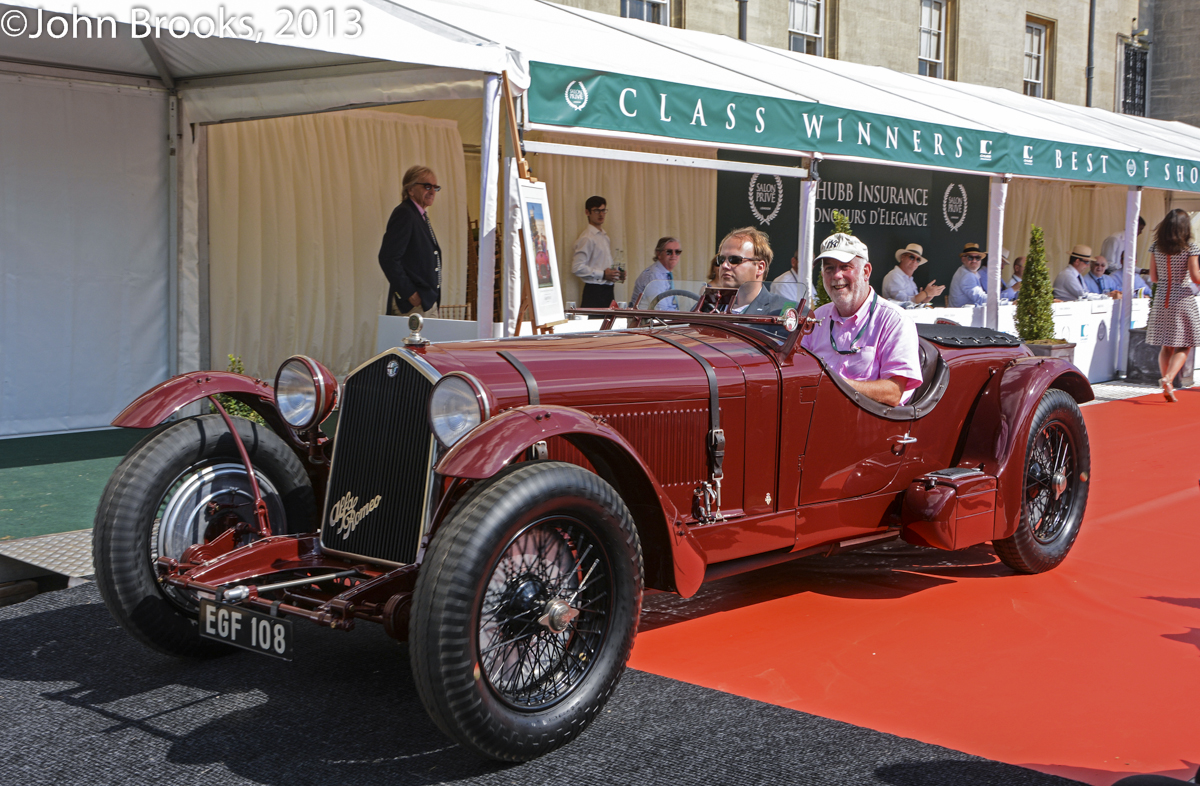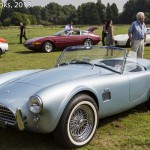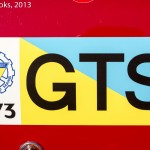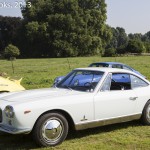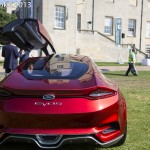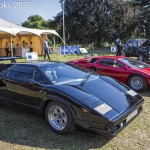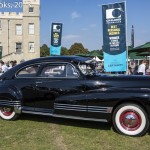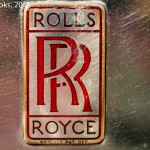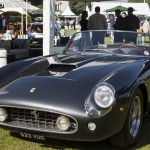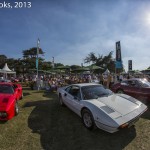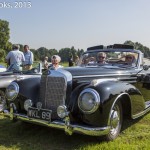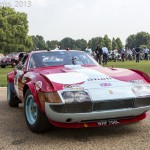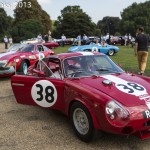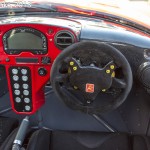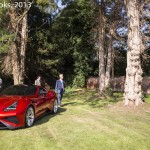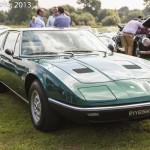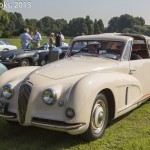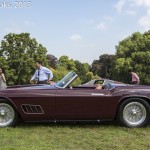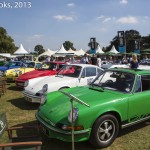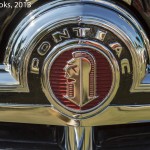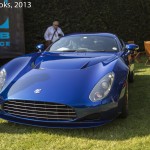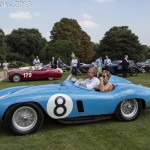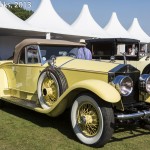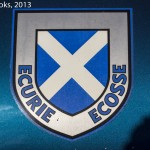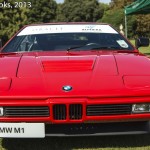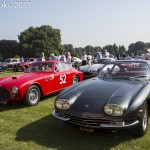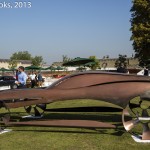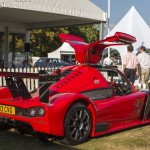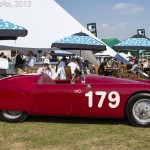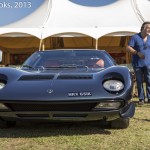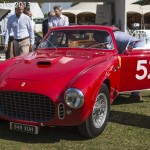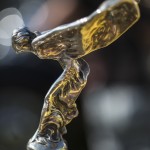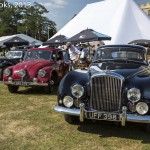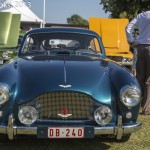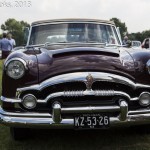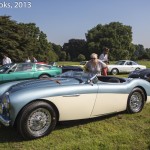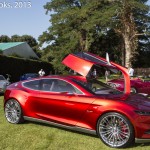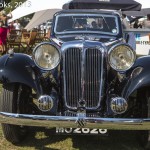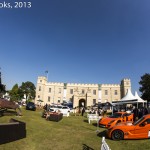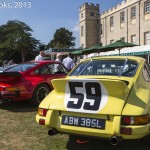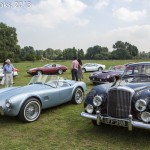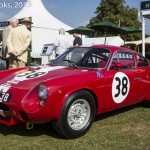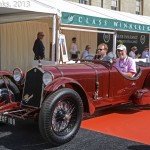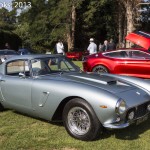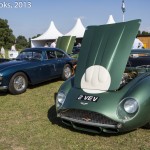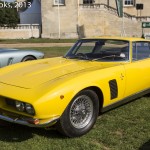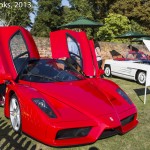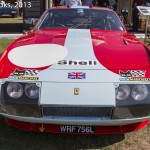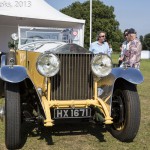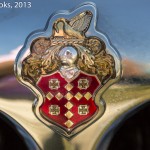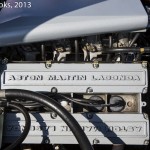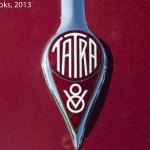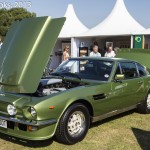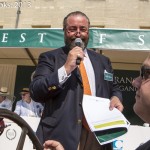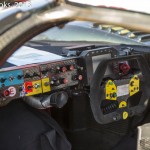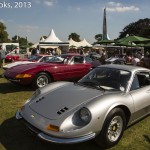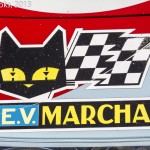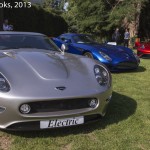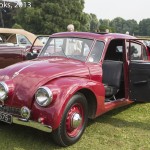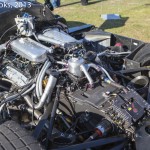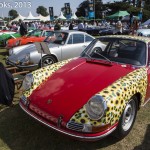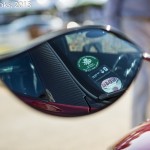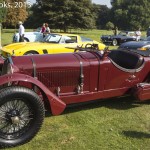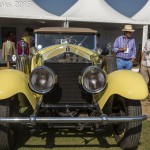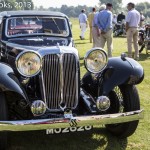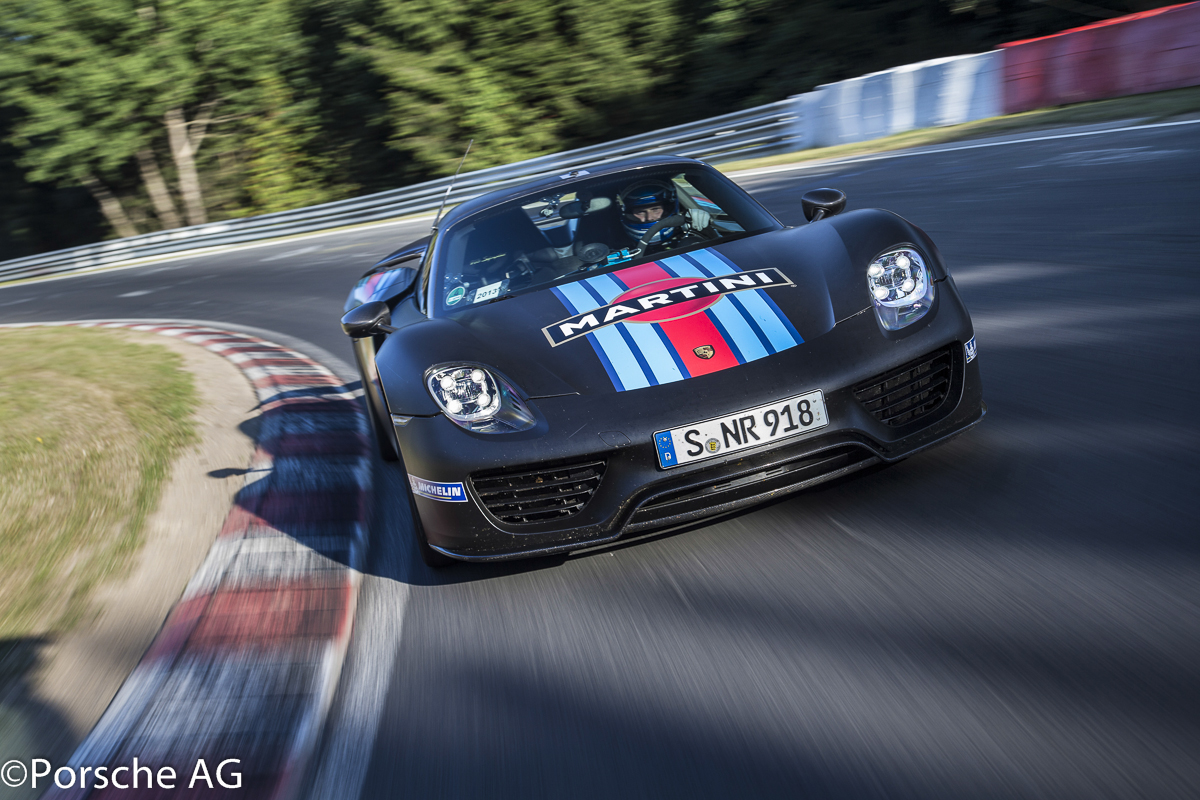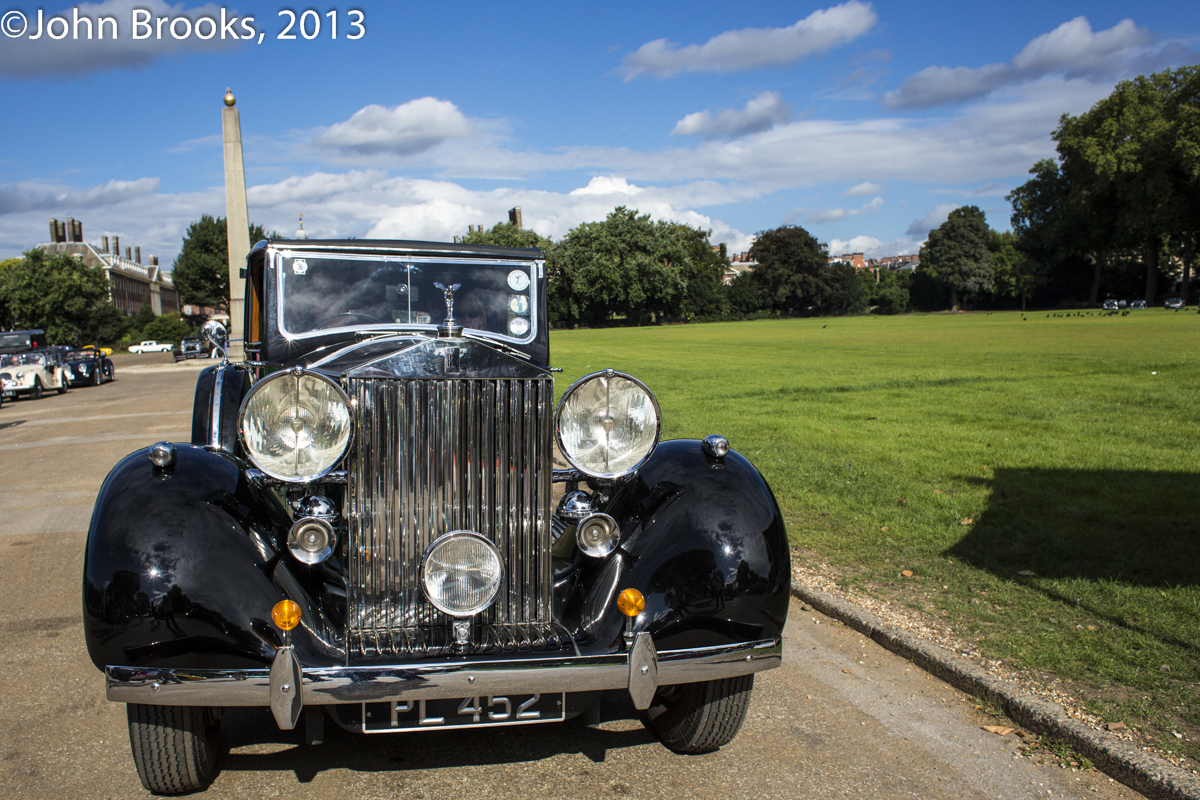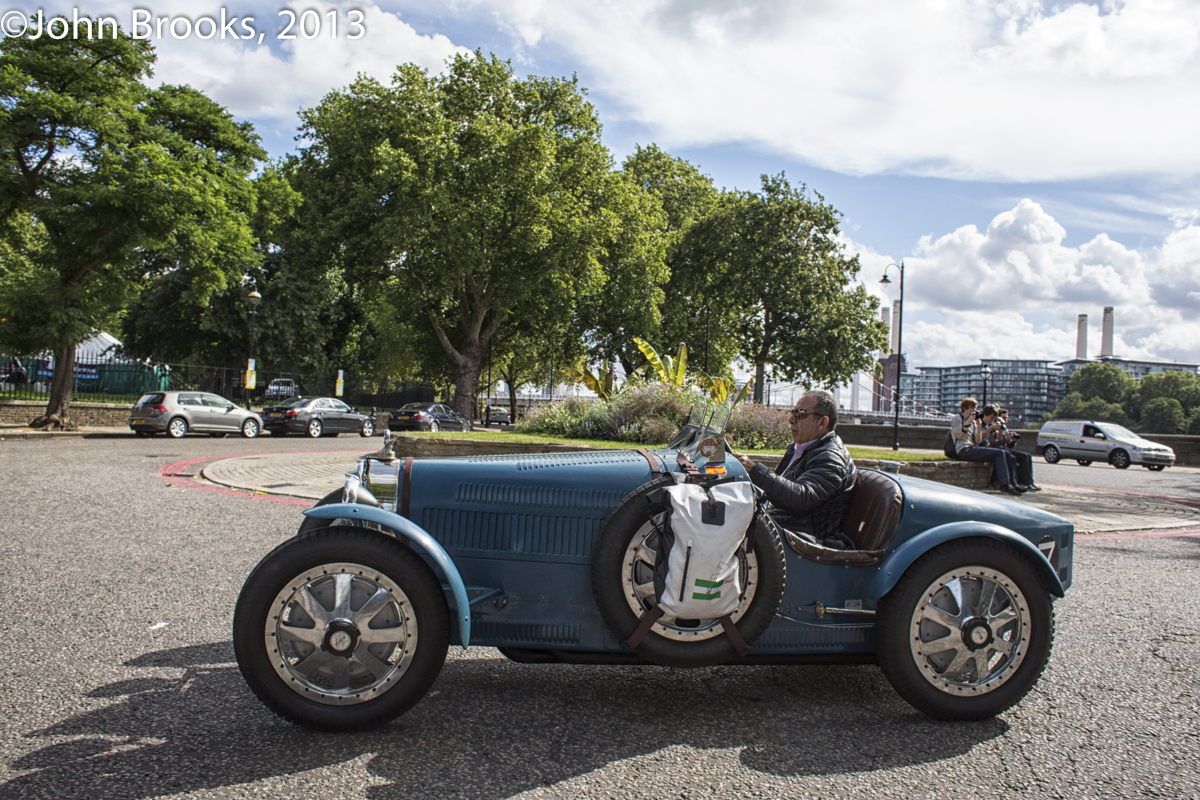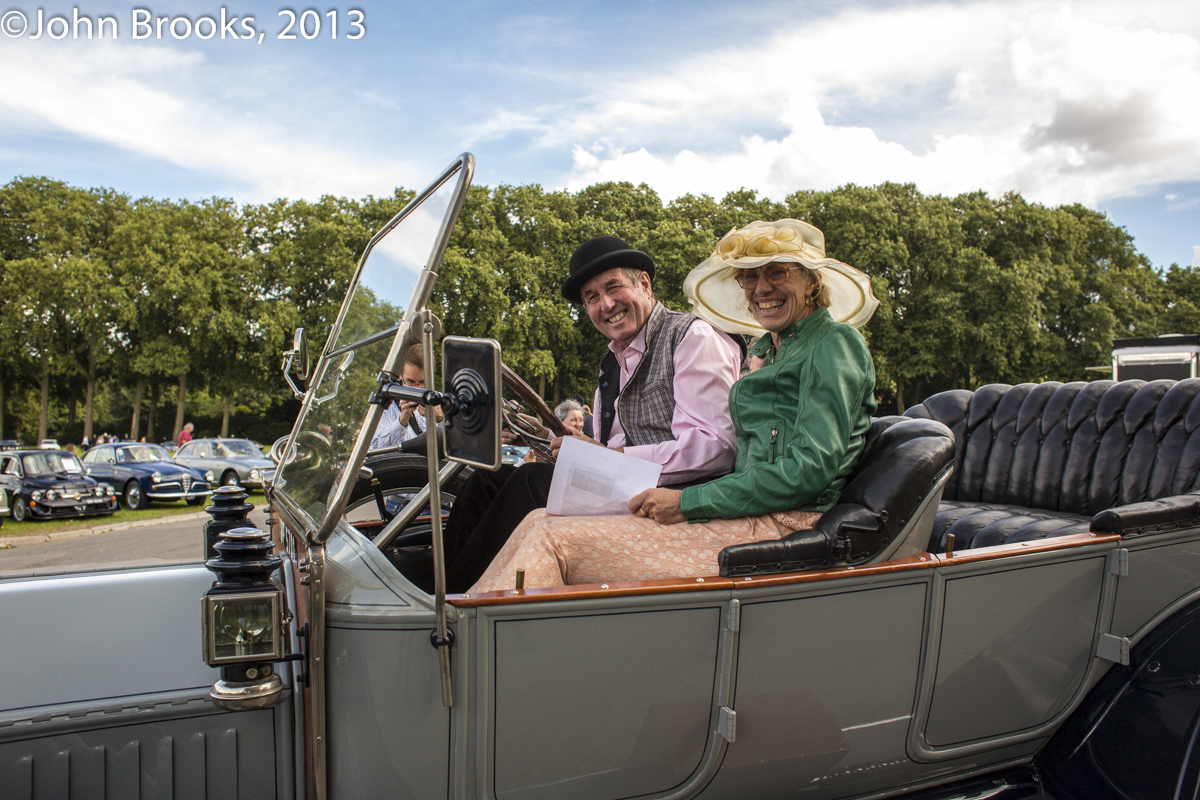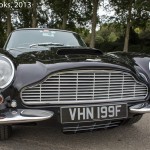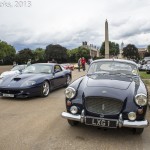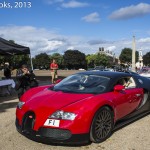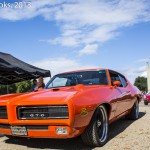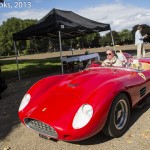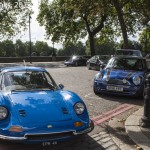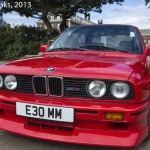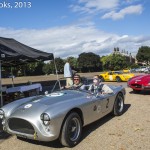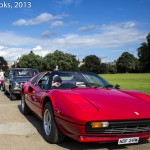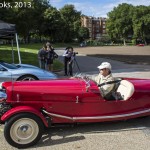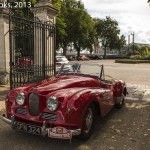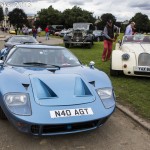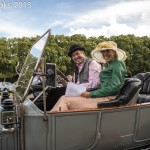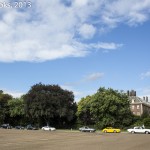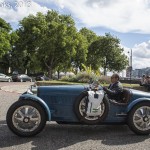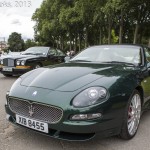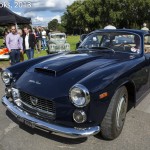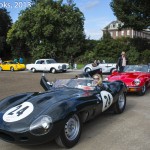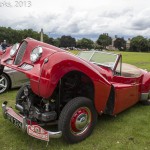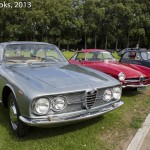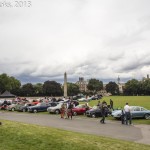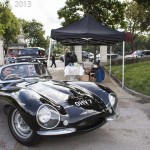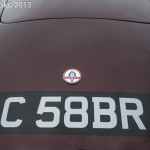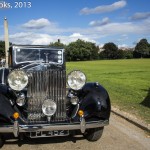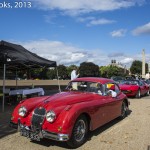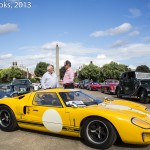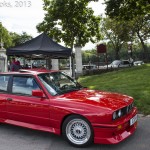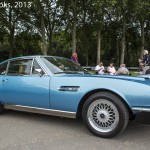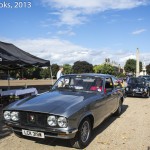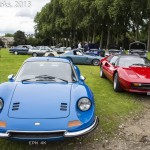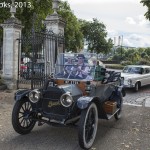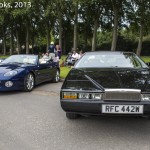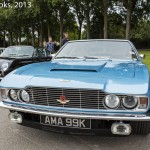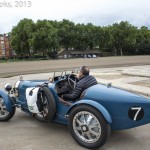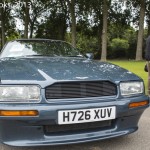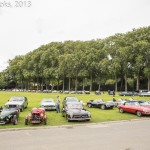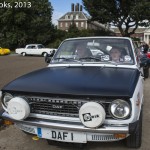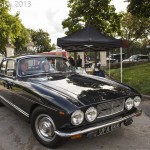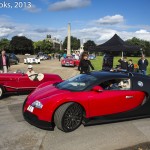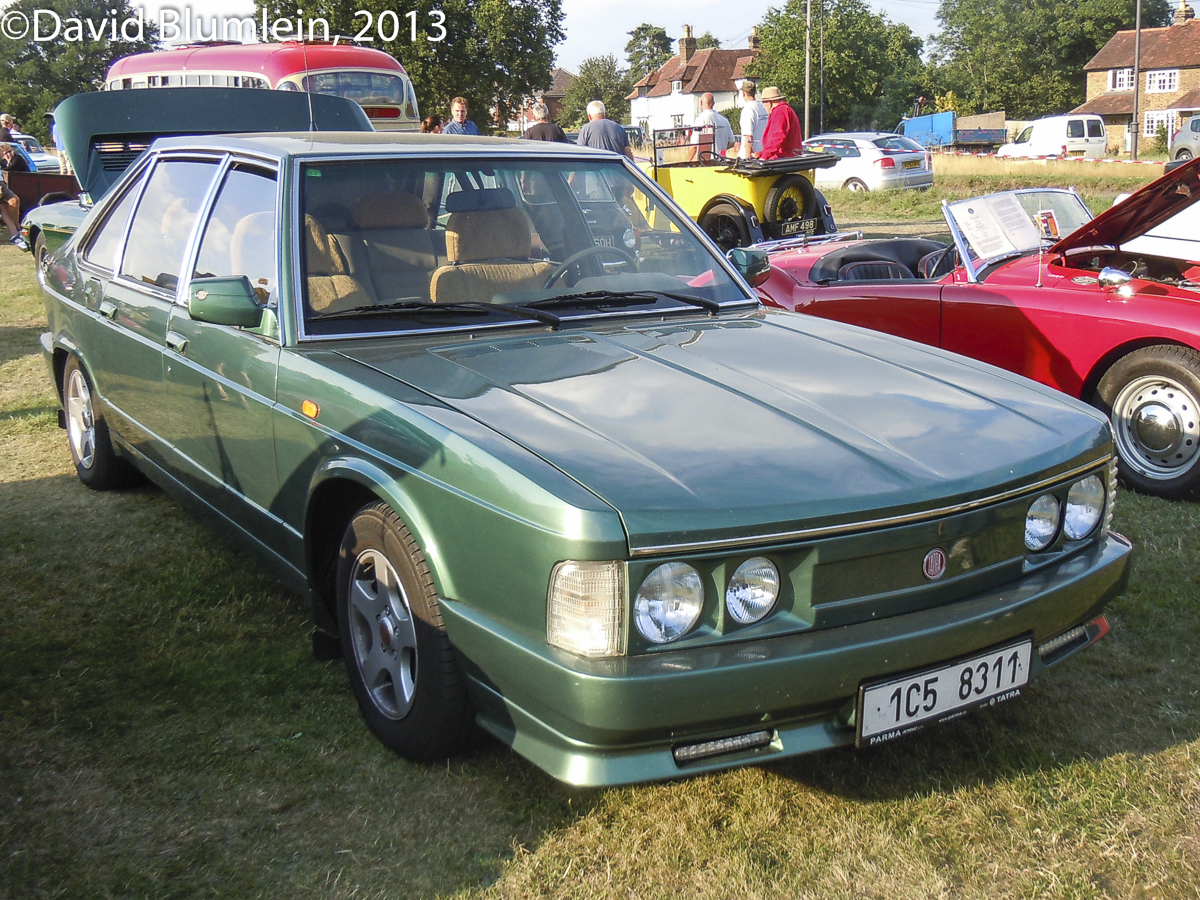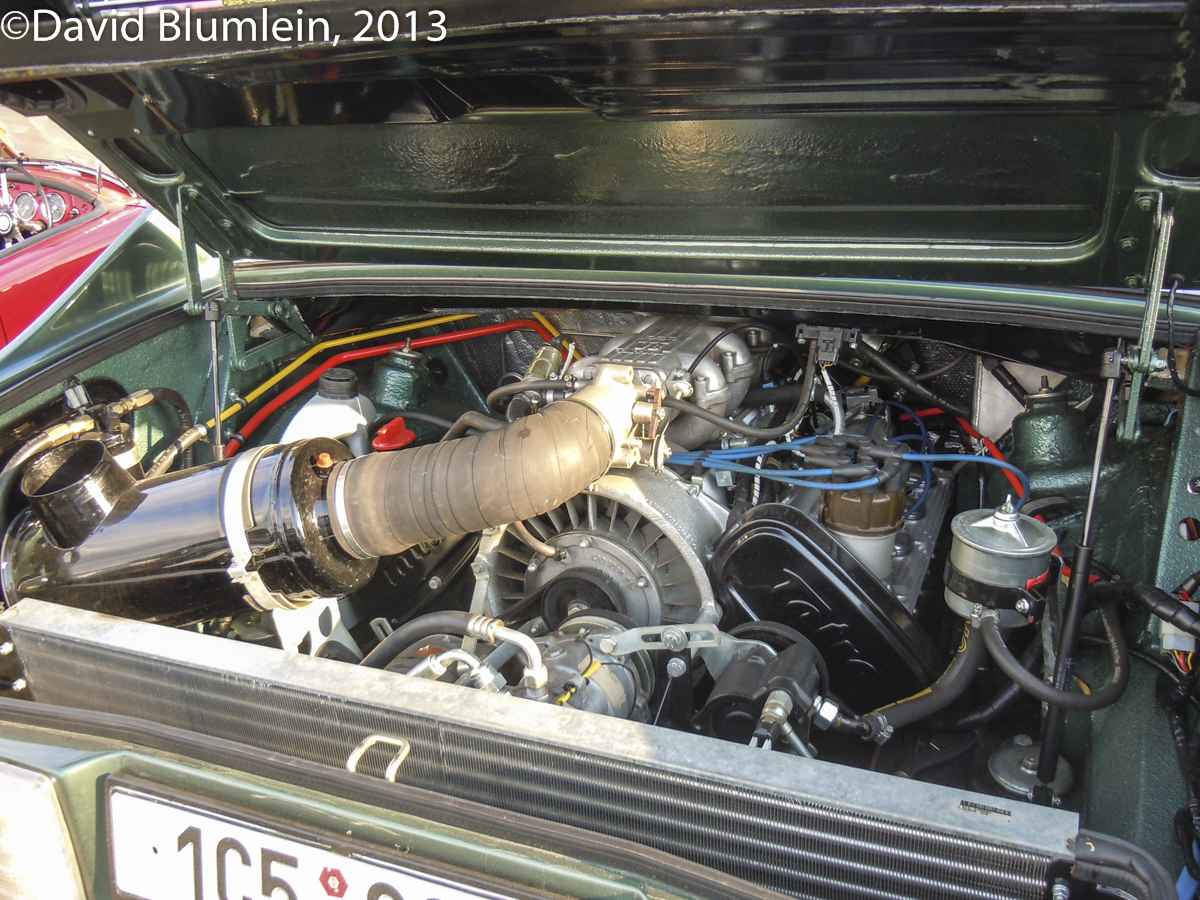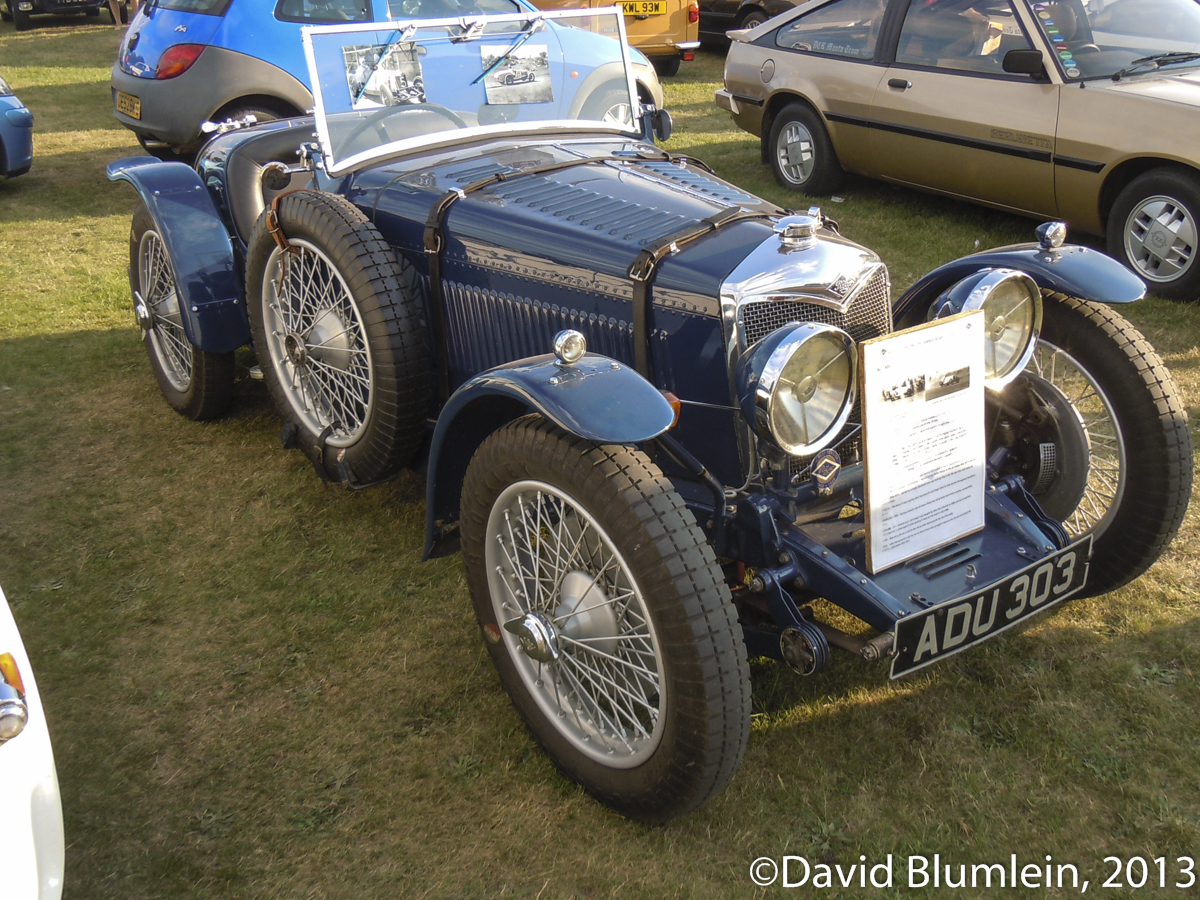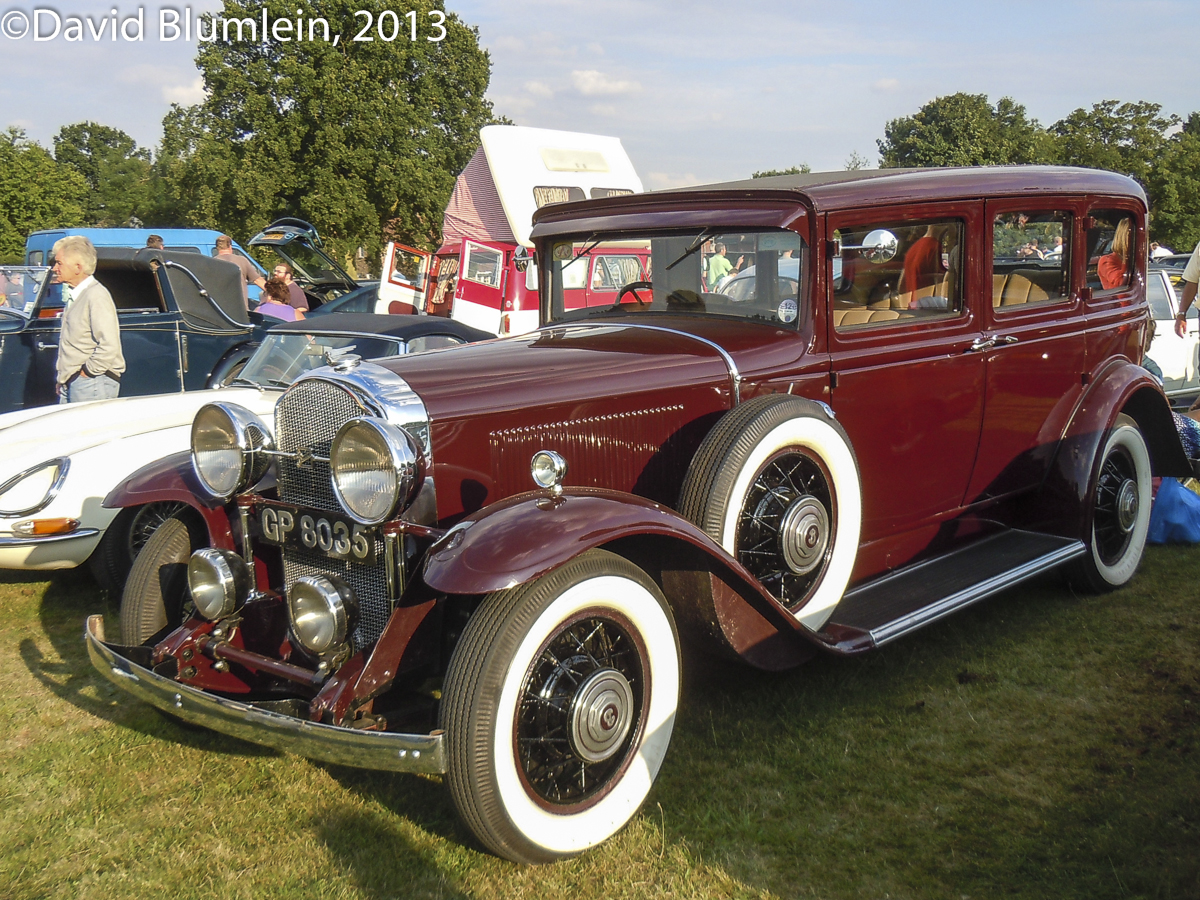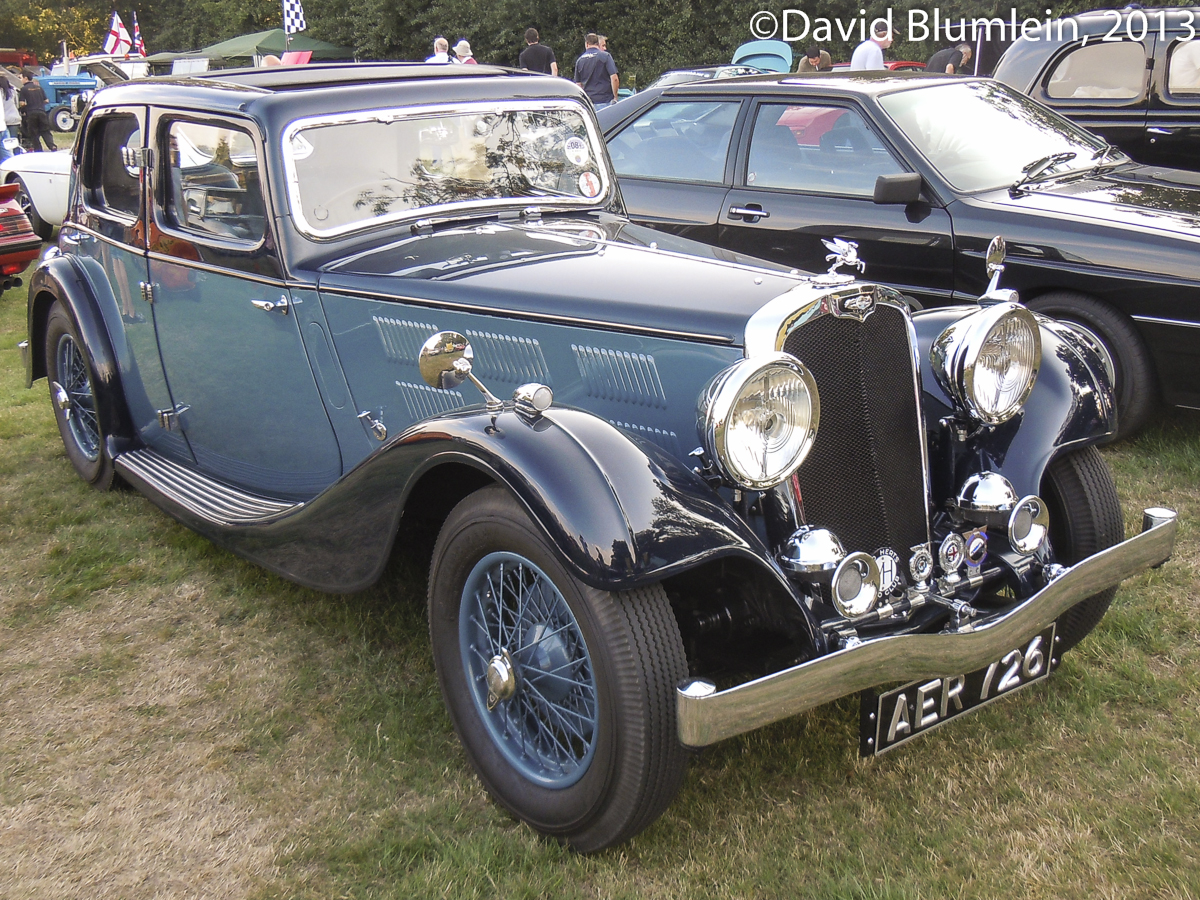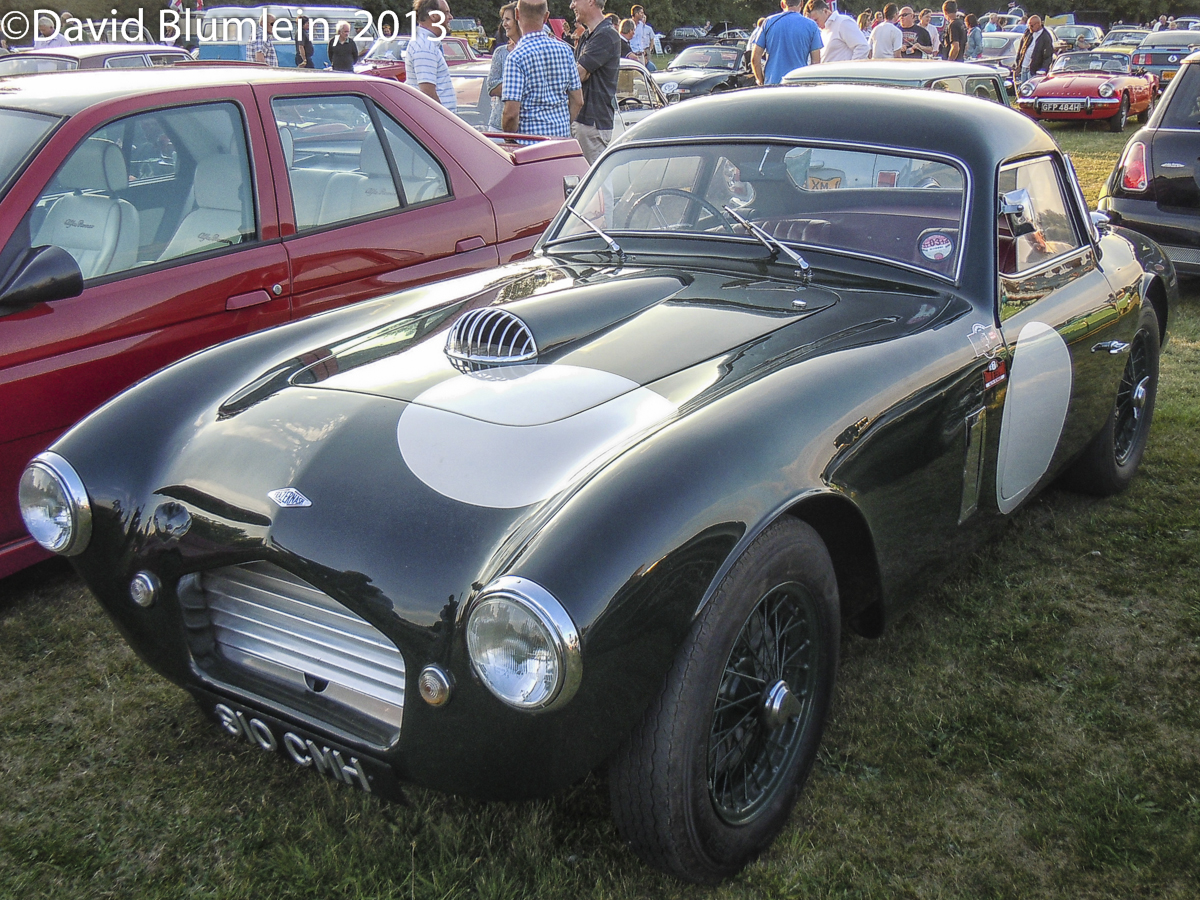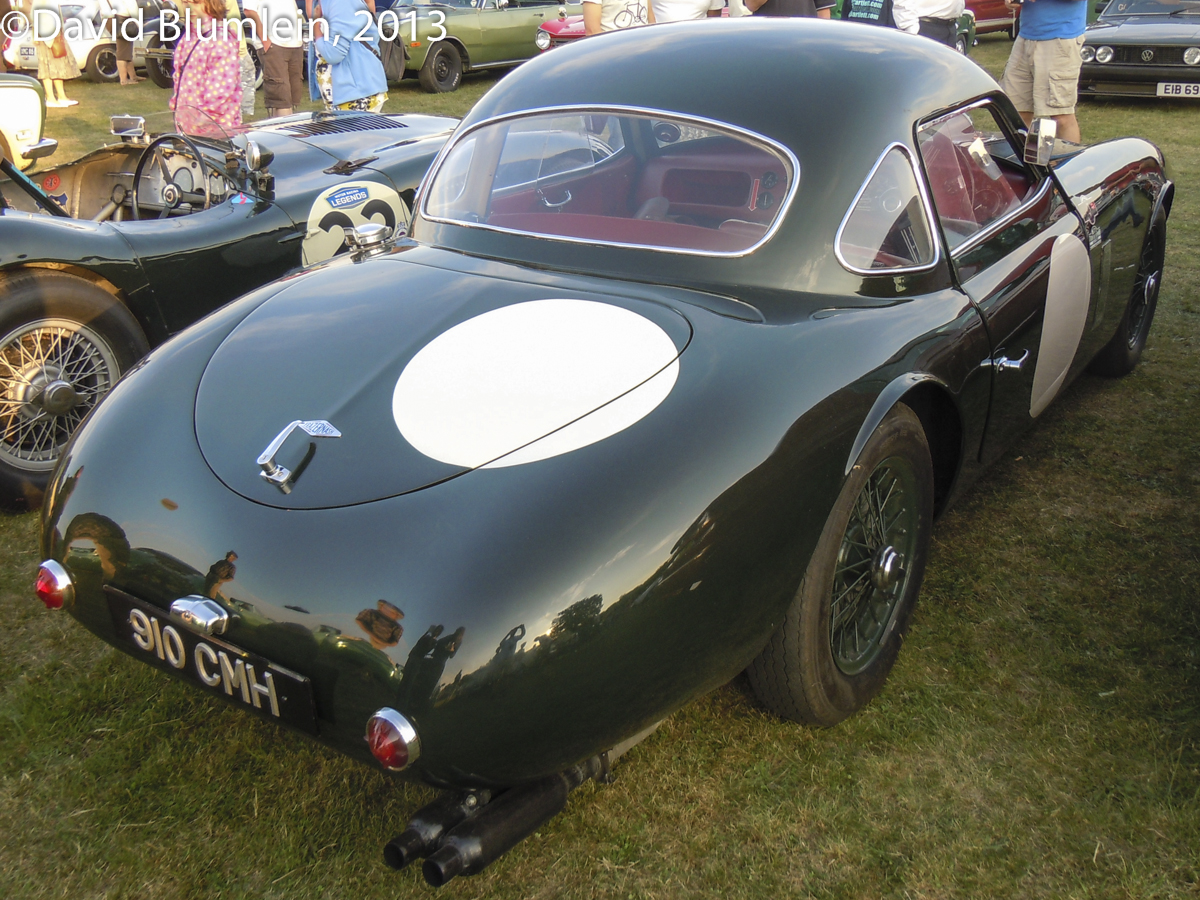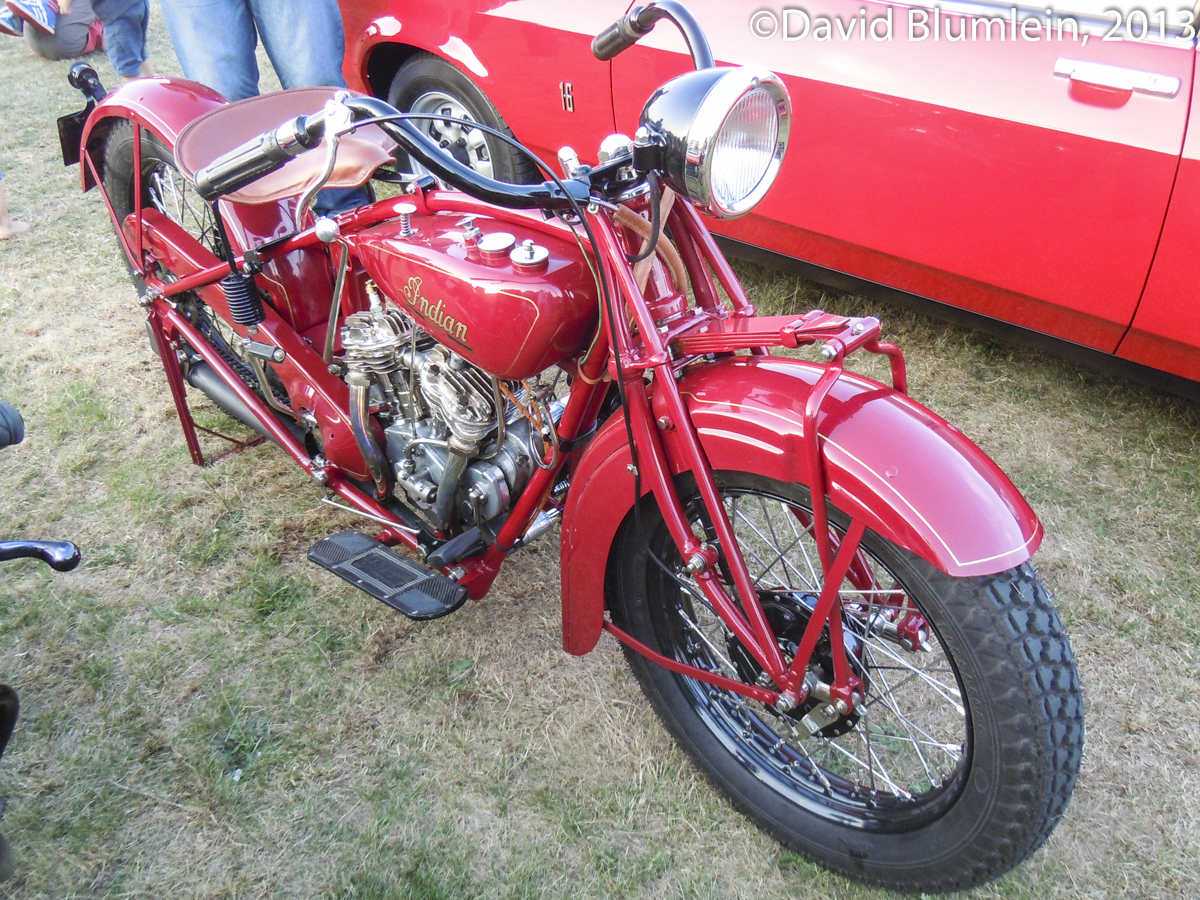The Sage of Charlotte is back, considering the the 911’s early years and the dilemmas faced by those crafting the rules for the USCR.
When Porsche’s 911 made its public debut at Frankfurt’s 1963 Auto Show its promise as the foundation for a new era in the economic fortunes of Zuffenhausen were obvious. Less obvious though was its motorsport future, for while the era of Ferdinand Piech would not arrive for another two years, the factory’s engineers were already gearing up for a new generation of sports racing prototypes; an effort that precluded the necessary transformation of the new six-cylinder coupé into a serious GT racer.
Not until 1969, and after the aborted lightweight 911R program had been consigned to the dustbin, did Porsche start the at first slow progression of making the 911 into the dominant player it would become in the production-based side of the sport. The delay in the acknowledgement of the 911’s competition potential centered around two words, “mission statements.”
Arguably, in the latter part of the 1960’s the mission statement for Zuffenhausen’s motorsport program focused on developing and building ever better prototypes that would transform the company from a supporting role on the sports car scene into its headlining star, and with it Piech to the overall industry leader he has become today as the chairman of Volkswagen AG.
Indeed, the 911 played little or no role in the Piech’s ego-centric universe because fundamentally he had virtually nothing to do with its conception. Put another way, it wasn’t his “baby,” and in those days he had little interest in other people’s offspring. For him, his mission statement was one of self aggrandizement. So while he pursued his own objectives, the 911 languished in motorsport hell; not released from its purgatory until Ernst Fuhrmann took the company’s reigns in the beginning of the 1970s, when, as its new President, he pushed the prototypes aside for the firm’s long neglected marketplace best seller.
On its 50th birthday year, the story of finding a mission motorsport statement for 911 resonates in the upcoming debut of the NASCAR-owned United Sports Car road course tour that will open its doors with the Daytona 24 Hours next winter. Created from the amalgamation of the Grand Am Rolex and American Le Mans Series championships, their new replacement has, as yet, to release its details of its technical regulations, even though testing is little more than three months away as this is being written.The problem, like that of the 911 is in defining its “mission statement.”
For the Grand-Am’s Rolex tour, even though everybody on the NASCAR side will deny it, the mission statement was pretty clear: coral the pool of “gentleman” drivers so necessary to the success of any North American road racing series in order to put the ALMS out of business. Given that essentially the NASCAR folks bought out the Don-Panoz title chase, it was a strategy that worked. But now, having “won the war,” what does NASCAR do with the peace? More specifically, what does it do with the Rolex Daytona Prototypes?
Given the hundreds of millions it takes to field a headlining sports racer these days, the Grand-Am emasculated their prototypes in terms of the technology, thus cutting cost to the point where the rich gentlemen participants could come and play without worrying about their financial security. Ironically this approach has since its 2003 introduction produced some of the best, closest racing in the sport’s history. On the other hand, it has drawn little more than collective yawns from its audience base: the world inhabited by sports car enthusiasts.
Collectively, unlike their stock car counterparts, they prefer high technology overt tight, equalized competition, and so far, to a huge extent, they have eschewed the Grand Am and the Rolex series. Up to now, their lack of enthusiasm has not been that much of a problem, given that the ultimate Rolex consumers weren’t the fans, but the participants. Now, however, if new championship is to prosper, the mission statement will have to be refocused on the techno savvy audience which up to now the NASCAR camp has ignored.
In light of the fact that NASCAR wants to keep the Daytona Prototypes as the foundation for its top ranked category, there are some hard, but simple choices to be made. Do those behind the new championship dumb down the performance potential of the present LM P2 prototypes and possibly of the Le Mans GTE production contingent scheduled to race next year far enough so as not to overshadow the DP community? Or, do they bring the DP’s performance up to a level where they’re not embarrassed by those surrounding them on the grid?
The first will please the “rich kid” gene pool, the second will satisfy United Sports Car Racing’s larger, and perhaps more necessary, audience base. At this point the time to make the decisions is growing ever smaller. And, while someone is going to be disappointed, there will be chaos and true disappointment if something isn’t do soon. In the end, like the case of the 911, it’s all about the necessity for mission statements.
Bill Oursler, September 2013

